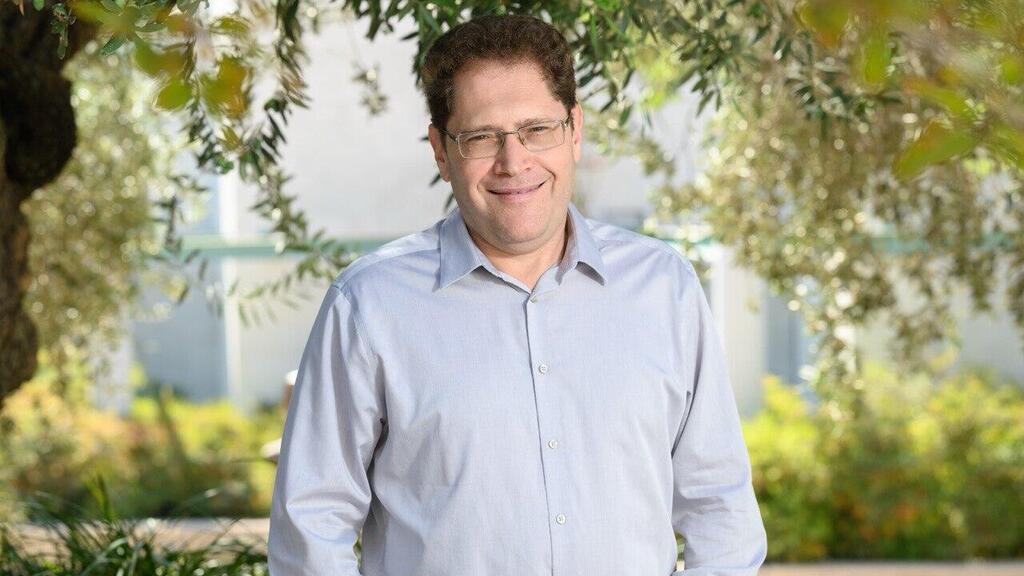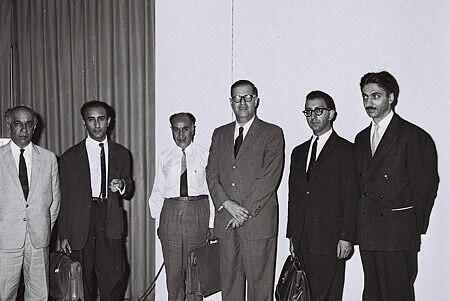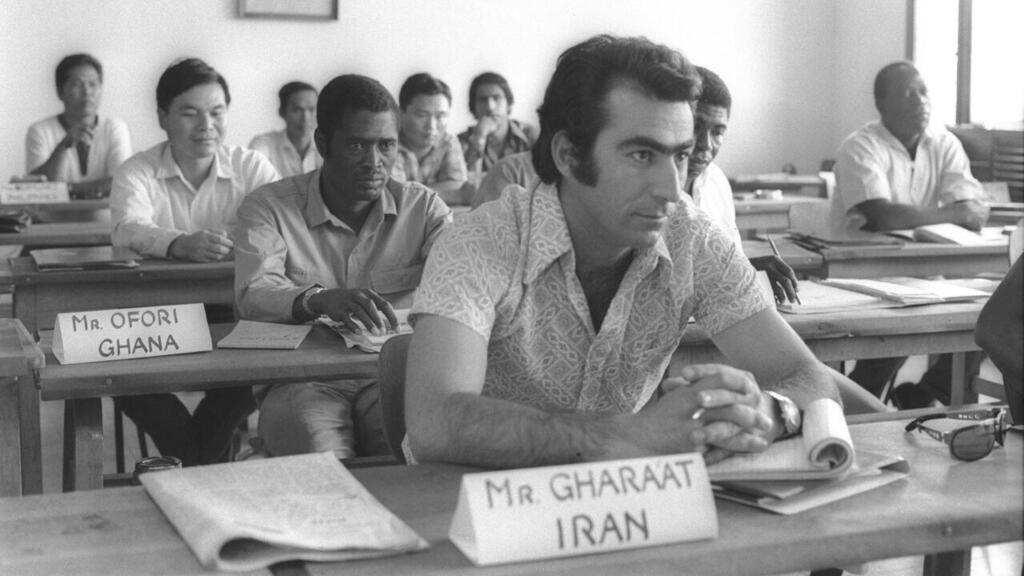Getting your Trinity Audio player ready...
More than 60 years after welcoming Iranian researchers to its labs, the Weizmann Institute of Science in Rehovot was hit this week by an Iranian missile strike, causing severe damage and wiping out years of groundbreaking research. The missile, one of two that struck directly within the institute’s grounds, destroyed an entire three-story building housing over ten laboratories.
Among them was the lab of Prof. Valery Krizhanovsky, a biomedical researcher studying the aging process and age-related diseases. His lab lost specialized equipment, long-term experiments and biological samples that may have thawed after power was cut in the strike.
6 View gallery
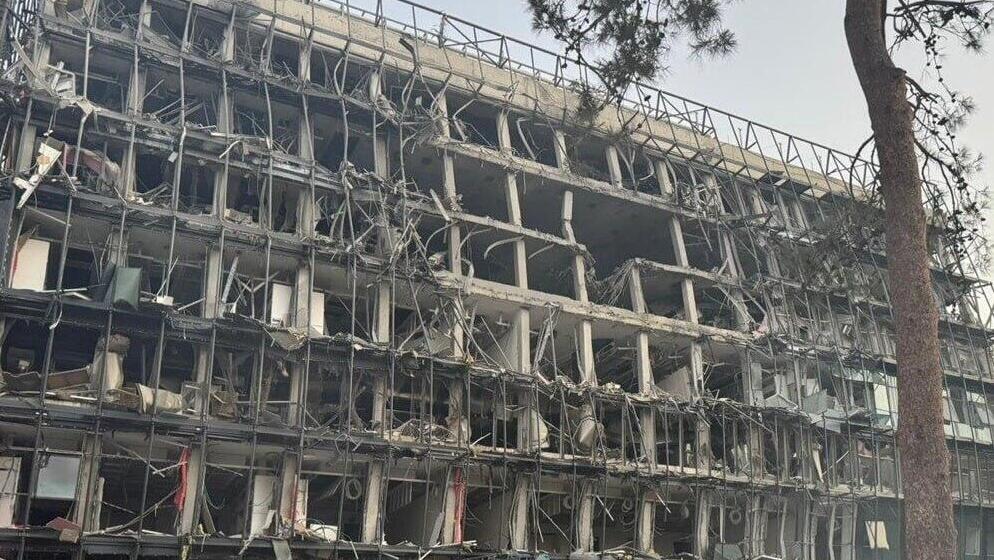

Damages to Weizmann Institute of Science after Iranian missile strike
(Photo: Meir Turgeman)
“We were conducting fundamental biomedical research that benefits the entire world,” Krizhanovsky told Ynet. “If you want to understand aging—it’s the same in Iran and in Israel. The research we do in our cancer building is universal and meant for humanity. I was shocked this could be a target.”
Krizhanovsky’s lab focused on senescent cells—aging cells that accumulate in tissues over time and promote inflammation, which in turn accelerates disease and tissue degradation. “We’re studying how to remove these cells, why they build up and whether eliminating them could delay disease and extend lifespan,” he said.
Some of his experiments, conducted on genetically modified mice, had taken months or years to set up and can now not be resumed. “It will take years to rebuild this work, if we can even do so,” he added.
6 View gallery
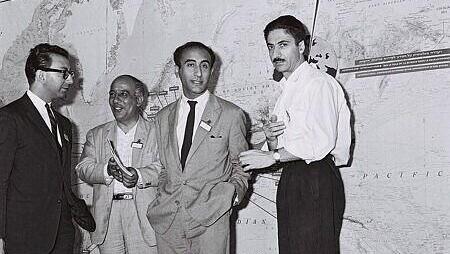

Iranian academic delegation at the Weizmann Insititute of Science in Israel in 1960
(Photo: Fritz Cohen, GPO)
6 View gallery
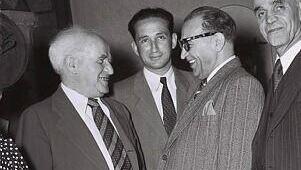

Prime Minister David Ben Gurion with Iranian envoy Reza Safinia in 1960
(Photo: Teddy Browner, GPO)
The strike not only gutted laboratories but also set back the work of numerous students and researchers. “This is a blow to their careers as well,” Krizhanovsky said. “The institute is doing its best to find temporary solutions but this will take time.”
Ironically, the Weizmann Institute was once a symbol of Israeli-Iranian cooperation. In the early 1960s, when the two countries still maintained diplomatic ties, the institute hosted a delegation of Iranian scientists, part of a broader era of civilian and scientific collaboration.
Get the Ynetnews app on your smartphone: Google Play: https://bit.ly/4eJ37pE | Apple App Store: https://bit.ly/3ZL7iNv
Photos from that time—preserved by the Government Press Office—show Iranian academics touring laboratories, attending conferences and engaging in discussions with Israeli colleagues.
The missile strike this week marks a stark reversal of that era. It followed Israel’s recent assassinations of Iranian nuclear scientists as part of Operation Rising Lion, prompting Iran to target sites it considers symbols of Israel’s scientific and technological edge.
Other archival images from the 1960s show Iranian government officials visiting Israeli factories and participating in state ceremonies. These moments now stand in jarring contrast to today’s reality—a regime in Tehran that openly threatens Israel’s existence and brutally suppresses its own people.
“The photos aren’t just nostalgic—they’re a reminder that today’s situation isn’t inevitable,” read an editorial shared alongside the archival material. “Those same Iranian citizens once viewed Israel as a true ally. Perhaps, one day, the Iranian people will rise, choose new leadership and return to a path of openness, progress and peace—just as they did then.”



